
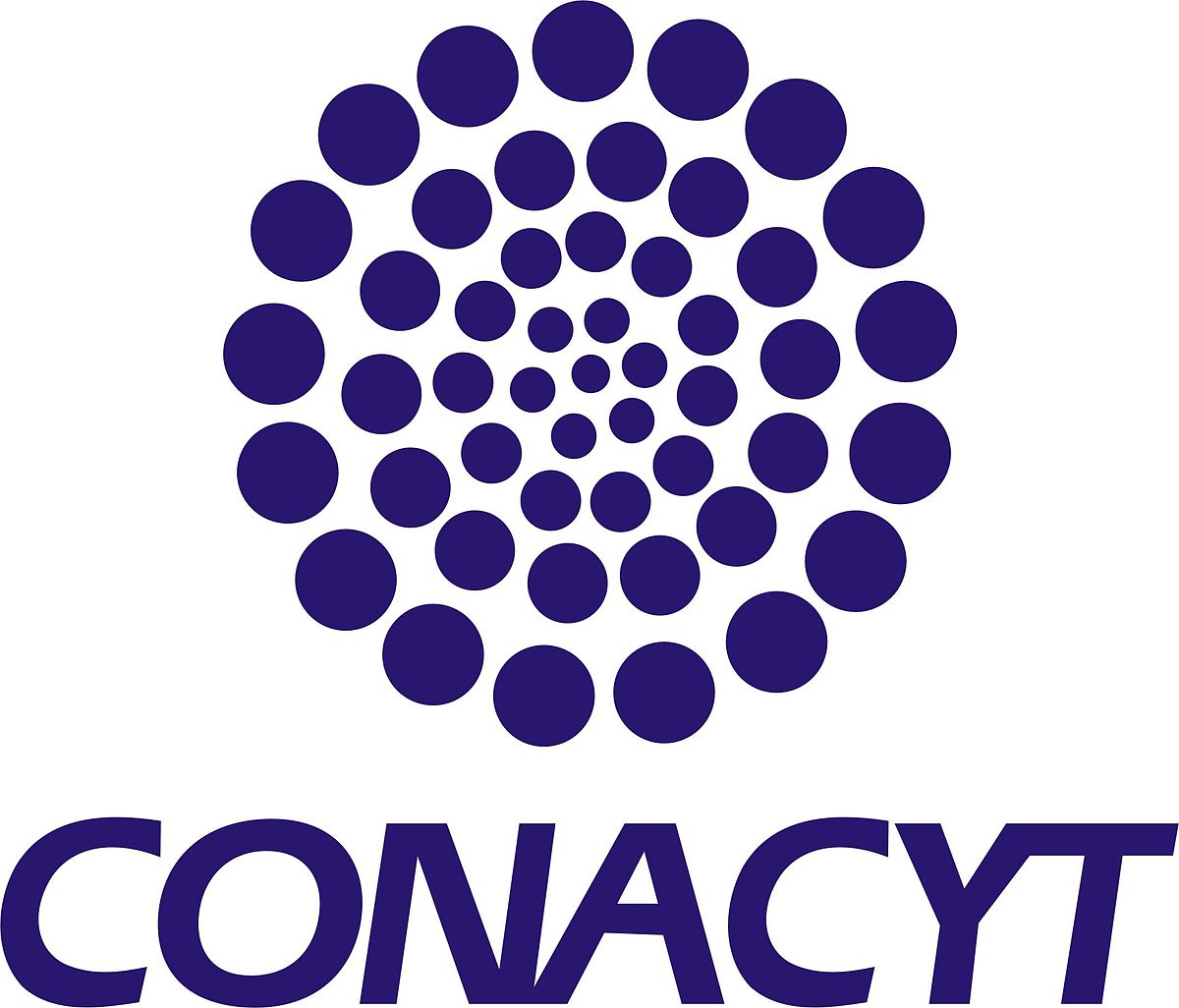
Zaragoza-Cardiel Javier
I am a CONACYT researcher (catedrático CONACYT) working at INAOE on the 50m of diameter single dish telescope for millimeter wavelengths, the Large Millimeter Telescope.
Research
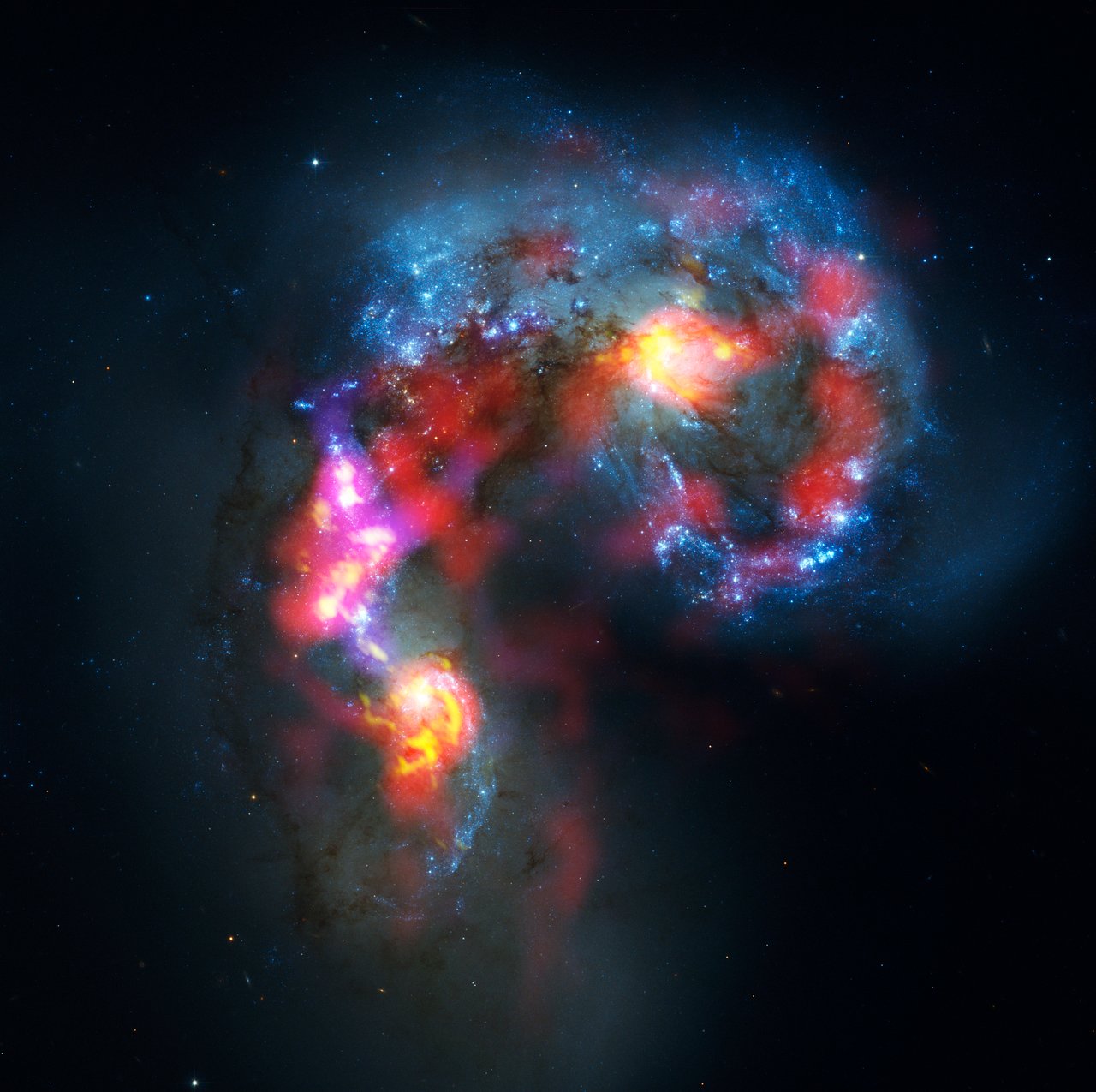
|
My main research interest is on how the stars are formed inside galaxies. We know that stars are formed by gravitational collapse of gas clouds. However, the stellar mass growth of galaxies is still not understood, and mechanisms to prevent it or even stop it are needed. In addition, galaxies formed far more stars when the Universe was one fifth of his age, so their stellar growth is dominated by that epoque. Therefore, the study of those galaxies with really high star formation is crucial to understand galaxy evolution. I focus my research on the study of the self-regulation of star formation or Feedback, as well as the analysis of the spatially resolved properties of star forming regions in a large range of nearby environments, to use those where the star formation is higher as analogues to earlier epochs in the Universe. The LMT (Large Millimeter Telescope), with its 50m single dish of diameter, is going to make a step forward into the understanding of star formation observing an unprecedented number of hidden galaxies at earlier epochs. We are also able to study the role of dust and gas in galaxy stellar mass growth with the best sensitivity, as well as use the larger mapping speed to observe a large sample of nearby galaxies to analyze spatially resolved star formation as a function of different galaxy properties to understand galaxy evolution. |
Feedback
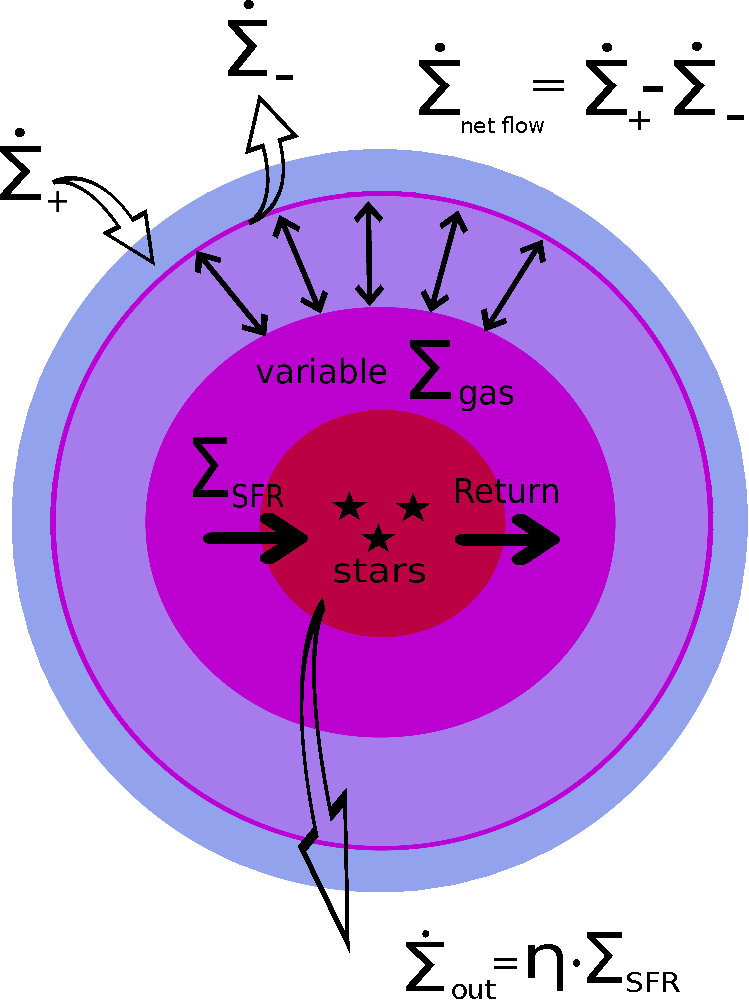
|
The self regulation of the star formation or stellar feedback is usually invoked to reduce the observed stellar mass of galaxies, which is smaller than the expected from standard cosmological models of galaxy evolution. I am interested on using stellar population synthesis analysis to study variations in star formation histories to detect and measure the stellar feedback. I have presented a method to quantify the amount of stellar feedback per stellar mass formed , and I am interested in applying the method for more galaxies to analyze possible variations of the self regulation of the star formation. Stellar populations synthesis analysis are a powerful tool to study variations in the star formation history as a function of different properties to finally understand what processes control star formation. |
Star formation in interacting galaxies
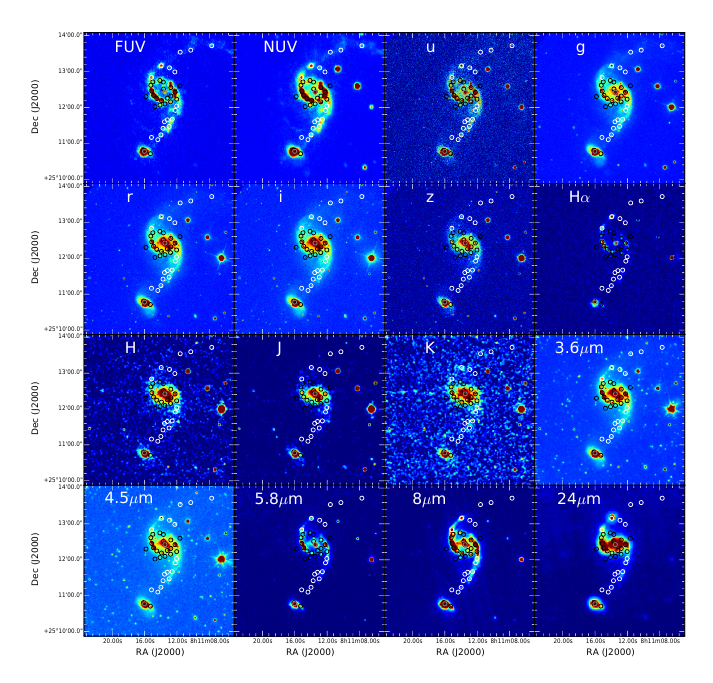
|
Because observing galaxies at earlier epochs of the Universe is harder, I am interested in using nearby analogues, as galaxy mergers or luminous infrared galaxies, to study star formation in extreme environments. The main goals of these studies are to understand when and where the star formation is enhanced, and what processes govern the bursts of star formation, specially the most intense ones. The use of multi-wavelngth data is really useful to understand all the stages of the star formation processes and the role of dust. Kinematical information is also useful to measure the role of gravity in the star formation process. I have used data from UV to radio wavelengths, and made use of the high velocity resolution of the radio interferometer ALMA, and the Fabry-Perot interferometer GHαFaS to characterize the internal kinematics of star forming complexes in interacting galaxies. The Fabry-Perot data links are summarize here. |
MEGARA Cube Maker
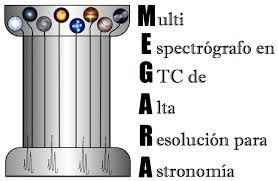
|
The use of spatially resolved information in galaxies requires of 3D spectroscopy. Therefore I have worked with data from the MEGARA spectrograph mounted at the GTC. I have written a python program to convert the RSS (Raw Stack Spectrum) format that is obtained with the megaradrp pipeline to the commonly used datacube format. The program and instructions are on the github of megararss2cube. |
Fabry-Perot data
In this table you can download the Hα emission (continuum subtracted) datacubes and
the moment maps in fits format for the sample of interacting galaxies
I have observed with the Fabry-Perot interferometer
GHαFaS.
The data is hosted in
CDS.
If you use this data, please, cite
the corresponding publication where the data was presented.
Publications
| [1] |
V. M. A. Gómez-González, Y. D. Mayya, J. A. Toalá, S. J.
Arthur, J. Zaragoza-Cardiel, and M. A. Guerrero.
Wolf-Rayet stars in the Antennae unveiled by MUSE.
MNRAS, 500(2):2076--2095, January 2021.
[ bib |
DOI |
arXiv ]
Keywords: stars: evolution, stars: massive, stars: Wolf-Rayet, galaxies: individual: (NGC 4038/39), Astrophysics - Astrophysics of Galaxies |
| [2] |
Javier Zaragoza-Cardiel, Jacopo Fritz, Itziar Aretxaga, Yalia D.
Mayya, Daniel Rosa-González, John E. Beckman, Gustavo Bruzual,
and Stephane Charlot.
A quantitative demonstration that stellar feedback locally regulates
galaxy growth.
MNRAS, 499(1):1172--1187, November 2020.
[ bib |
DOI |
arXiv ]
Keywords: galaxies: evolution, galaxies: formation, galaxies: star formation, galaxies: stellar content, Astrophysics - Astrophysics of Galaxies, Astrophysics - Cosmology and Nongalactic Astrophysics |
| [3] |
Y. D. Mayya, E. Carrasco, V. M. A. Gómez-González, J.
Zaragoza-Cardiel, A. Gil de Paz, P. A. Ovando, M. Sánchez-Cruces,
L. Lomelí-Núñez, L. Rodríguez-Merino,
D. Rosa-González, S. Silich, G. Tenorio-Tagle, G. Bruzual,
S. Charlot, R. Terlevich, E. Terlevich, O. Vega, J. Gallego,
J. Iglesias-Páramo, A. Castillo-Morales, M. L. García-Vargas,
P. Gómez-Alvarez, S. Pascual, and A. Pérez-Calpena.
MEGARA-IFU detection of extended He II λ4686
nebular emission in the central region of NGC 1569 and its ionization
budget.
MNRAS, 498(1):1496--1514, October 2020.
[ bib |
DOI |
arXiv ]
Keywords: galaxies: individual (NGC 1569), galaxies: star clusters, stars: emission line, Astrophysics - Astrophysics of Galaxies |
| [4] |
J. Zaragoza-Cardiel, Jacopo Fritz, Itziar Aretxaga, Divakara Mayya,
Daniel Rosa-González, John E Beckman, Gustavo Bruzual, Stephane Charlot,
and Luis Lomelí-Núñez.
Detection of the self-regulation of star formation in galaxy discs.
MNRAS Letters, 487(1):L61--L66, July 2019.
[ bib |
DOI |
arXiv ]
Keywords: galaxies: evolution, galaxies: formation, galaxies: star formation, galaxies: stellar content, Astrophysics - Astrophysics of Galaxies |
| [5] |
J. Zaragoza-Cardiel, B. J. Smith, M. Rosado, J. E. Beckman,
T. Bitsakis, A. Camps-Fariña, J. Font, and I. S. Cox.
Stellar Population Synthesis of Star-forming Clumps in Galaxy Pairs
and Non-interacting Spiral Galaxies.
ApJS, 234:35, February 2018.
[ bib |
DOI |
arXiv ]
Keywords: galaxies: fundamental parameters, galaxies: interactions, galaxies: photometry, galaxies: star formation |
| [6] |
A. Camps-Fariña, J. Zaragoza-Cardiel, J. E. Beckman,
J. Font, P. F. Velázquez, A. Rodríguez-González, and
M. Rosado.
Physical properties of superbubbles in the Antennae galaxies.
MNRAS, 468:4134--4142, July 2017.
[ bib |
DOI |
arXiv ]
Keywords: stars: formation, HII regions, galaxies: kinematics and dynamics, galaxies: starburst |
| [7] |
J. Zaragoza-Cardiel, J. Beckman, J. Font, M. Rosado,
A. Camps-Fariña, and A. Borlaff.
Kinematics of the ionized and molecular gas in nearby luminous
infrared interacting galaxies.
MNRAS, 465:3461--3474, March 2017.
[ bib |
DOI |
arXiv ]
Keywords: galaxies: interactions, galaxies: ISM, galaxies: kinematics and dynamics, galaxies: starburst, galaxies: star formation |
| [8] |
A. Camps-Fariña, J. E. Beckman, J. Font, A. Borlaff, J.
Zaragoza-Cardiel, and P. Amram.
Three supernova shells around a young M33 star cluster.
MNRAS Letters, 461:L87--L91, September 2016.
[ bib |
DOI |
arXiv ]
Keywords: ISM: bubbles, H II regions, ISM: supernova remnants, galaxies: star clusters: general |
| [9] |
B. J. Smith, J. Zaragoza-Cardiel, C. Struck, S. Olmsted, and
K. Jones.
A Comparative Study of Knots of Star Formation in Interacting versus
Spiral Galaxies.
AJ, 151:63, March 2016.
[ bib |
DOI |
arXiv ]
Keywords: galaxies: interactions, galaxies: starburst |
| [10] |
J. Zaragoza-Cardiel, J. E. Beckman, J. Font,
B. García-Lorenzo, A. Camps-Fariña, K. Fathi, P. A. James,
S. Erroz-Ferrer, J. Barrera-Ballesteros, and M. Cisternas.
Comparative internal kinematics of the H II regions in interacting
and isolated galaxies: implications for massive star formation modes.
MNRAS, 451:1307--1330, August 2015.
[ bib |
DOI |
arXiv ]
Keywords: stars: formation, H II regions, galaxies: interactions, galaxies: ISM, galaxies: kinematics and dynamics |
| [11] |
A. Camps-Fariña, J. Zaragoza-Cardiel, J. E. Beckman,
J. Font, B. García-Lorenzo, S. Erroz-Ferrer, and P. Amram.
BUBBLY: a method for detecting and characterizing interstellar
bubbles using Fabry-Perot spectroscopy.
MNRAS, 447:3840--3848, March 2015.
[ bib |
DOI |
arXiv ]
Keywords: ISM: bubbles, H II regions, ISM: kinematics and dynamics, galaxies: starburst |
| [12] |
J. Zaragoza-Cardiel, J. Font, J. E. Beckman,
B. García-Lorenzo, S. Erroz-Ferrer, and L. Gutiérrez.
Two physical regimes for the giant H II regions and giant molecular
clouds in the Antennae galaxies.
MNRAS, 445:1412--1423, December 2014.
[ bib |
DOI |
arXiv ]
Keywords: stars: formation, H II regions, galaxies: interactions, galaxies: kinematics and dynamics, galaxies: starburst |
| [13] |
J. Font, J. E. Beckman, J. Zaragoza-Cardiel, K. Fathi,
B. Epinat, and P. Amram.
The ratio of pattern speeds in double-barred galaxies.
MNRAS Letters, 444:L85--L89, October 2014.
[ bib |
DOI |
arXiv ]
Keywords: Galaxies: evolution, Galaxies: kinematics and dynamics, Galaxies: structure |
| [14] |
J. Zaragoza-Cardiel, J. Font-Serra, J. E. Beckman,
J. Blasco-Herrera, B. García-Lorenzo, A. Camps,
O. Gonzalez-Martin, C. Ramos Almeida, N. Loiseau, and
L. Gutiérrez.
Kinematics of Arp 270: gas flows, nuclear activity and two regimes
of star formation.
MNRAS, 432:998--1009, June 2013.
[ bib |
DOI |
arXiv ]
Keywords: stars: formation, H II regions, galaxies: active, galaxies: interactions, galaxies: kinematics and dynamics, galaxies: starburst |
This file was generated by bibtex2html 1.99.
CV
Here is a brief summary, for an extended version download it in this link.
Experience
INAOE (Puebla)
INAOE (Puebla)
Institute of Astronomy-UNAM (Mexico City)
Education
Instituto de Astrofísica de Canarias and University of La Laguna (Tenerife)
Instituto de Astrofísica de Canarias and University of La Laguna (Tenerife)
University of Murcia
Outreach
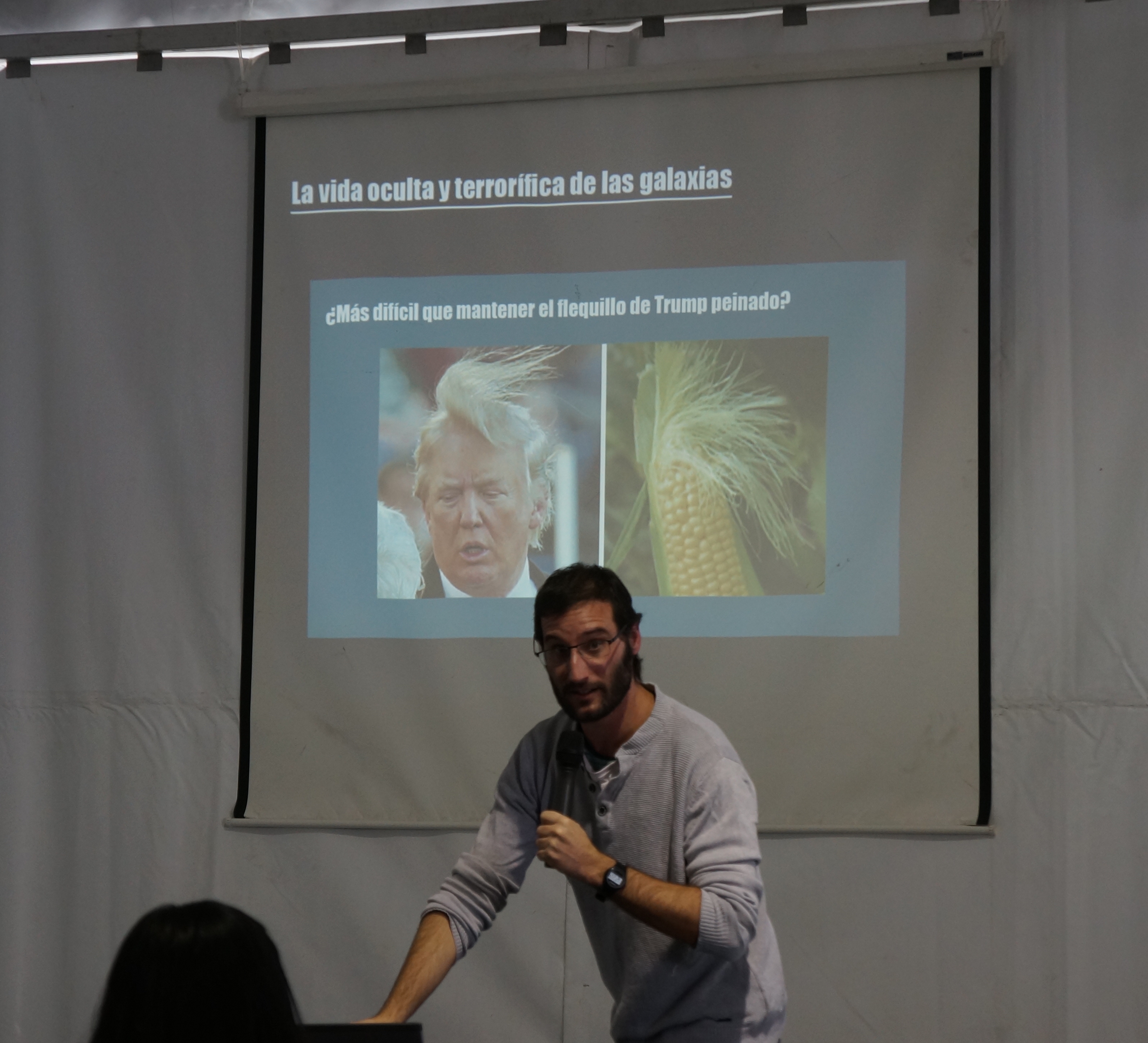
|
I really enjoy doing outreach, specially giving public talks about astrophysics. I try to explain astrophysical concepts in a relaxed and funny way. I like to explain the concepts of star formation, time in cosmological scales using the famous Carl Sagan cosmological calendar, logarithmic scale of brightness using common objects, expansion of the Universe, multi-wavelength astronomy and radioastronomy. The use of galaxy mergers to explain galaxy evolution concepts, such as blue or alive galaxies versus red or dead galaxies are very useful since their morphologies can be similar to common things on earth. 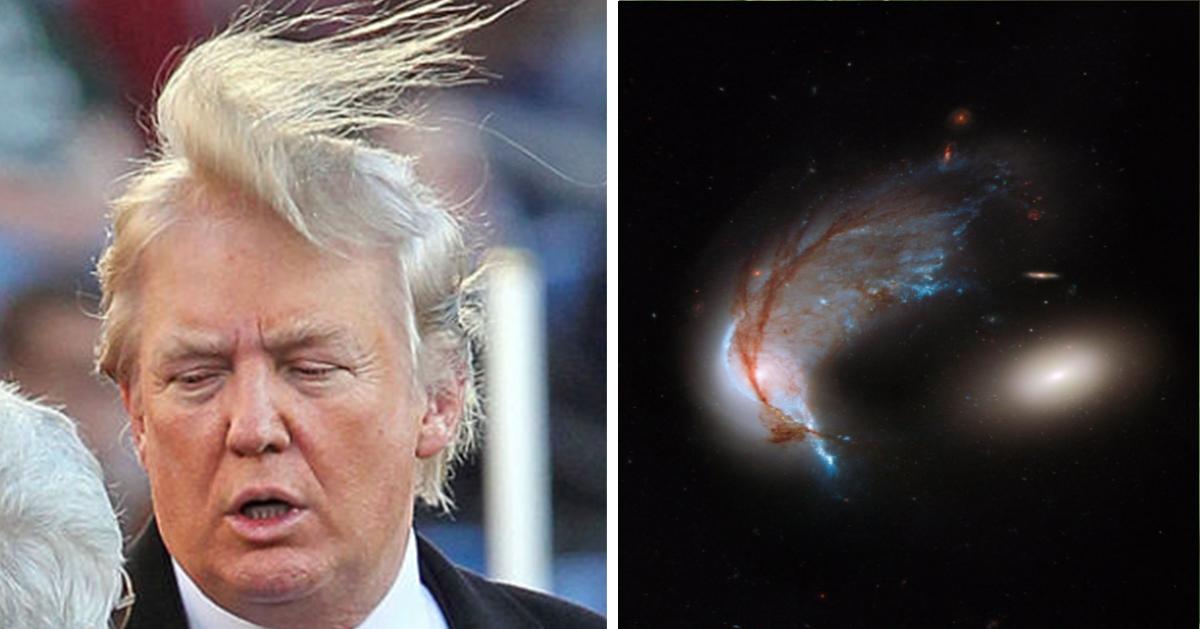
|